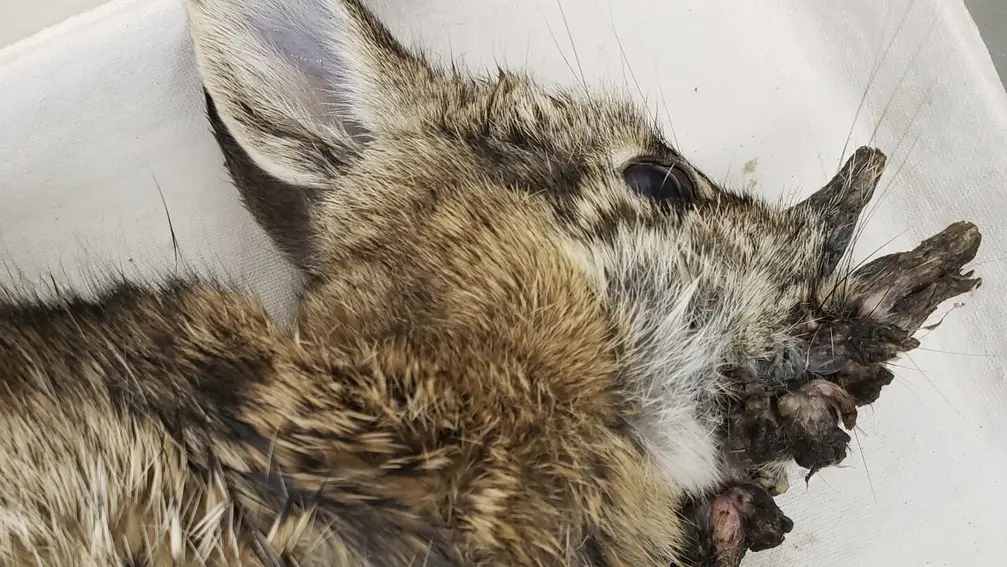T4K3.news
SPV linked hornlike growths seen in Colorado rabbits
Wild rabbits in northern Colorado show hornlike growths due to Shope papilloma virus. No human risk; keep distance from wildlife and outdoor pets.
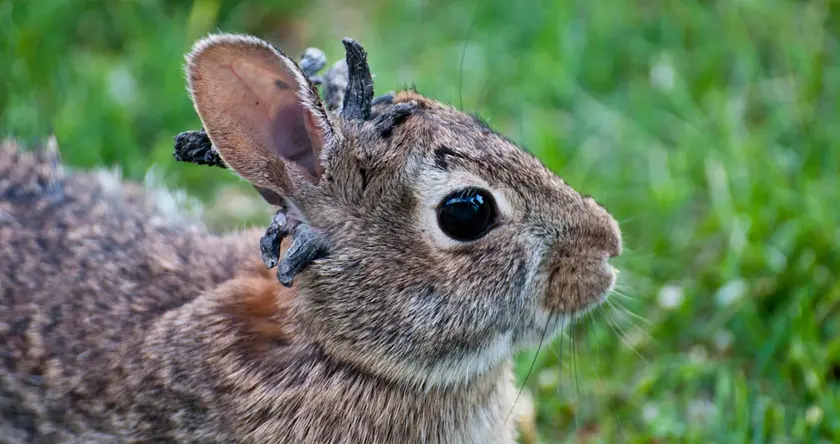
Wild rabbits in northern Colorado show hornlike growths caused by a summer virus, with officials saying there is no risk to humans.
Colorado rabbits develop hornlike growths linked to a summer virus
Residents in northern Colorado reported seeing wild rabbits with black horns and tentacle like growths on their faces. Wildlife officials identified the problem as Shope papilloma virus, a virus common in summer months that spreads through fleas or ticks. The affected rabbits are usually cottontails, and the wartlike growths can look horned if they grow longer.
Officials note there is no risk of the virus passing to humans or other animals. Most infected rabbits survive the illness and the growths typically fade over time. Domestic rabbits kept outside can contract the virus from insects or from contact with infected wild rabbits, so people should avoid touching wild rabbits and keep pets away. If a rabbit dies on private property, wearing gloves is advised and local wildlife authorities should be contacted for disposal guidance.
Key Takeaways
"Most infected cottontails can survive the viral infection, after which the growths will go away."
CPW on prognosis of SPV in rabbits
"There is no risk of virus transmission to humans or other animals."
CPW reassurance to the public
"There is no rehabilitation for wild rabbits with this disease."
Local animal control guidance
The sight of hornlike growths on wild rabbits highlights how wildlife diseases can become local stories quickly. The focus is as much on how people react as on the biology, and clear guidance from wildlife officials helps prevent unnecessary fear while directing actions for pet owners. This case shows the value of water-tight public messaging when science points to a non threat to people.
Beyond the immediate case, the episode raises questions about seasonal wildlife health monitoring and how information spreads online. It also underscores the need for ongoing surveillance and public education so communities can distinguish real risks from striking but harmless signs, encouraging calm, informed behavior rather than panic.
Highlights
- A strange rabbit sight tests our instincts and what we trust
- Officials say stay calm and follow science not social media
- Trust the experts to explain odd wildlife signs
- Public health facts beat rumors when wolves of the internet howl
Public reaction risk from SPV sightings
Public interest in the unusual growths could fuel misinformation or unsafe contact with wildlife. Officials emphasize no danger to people, but guidance for outdoor pets and handling of wildlife remains important.
Ongoing monitoring will clarify how common this pattern is this season and what it means for local wildlife health.
Enjoyed this? Let your friends know!
Related News
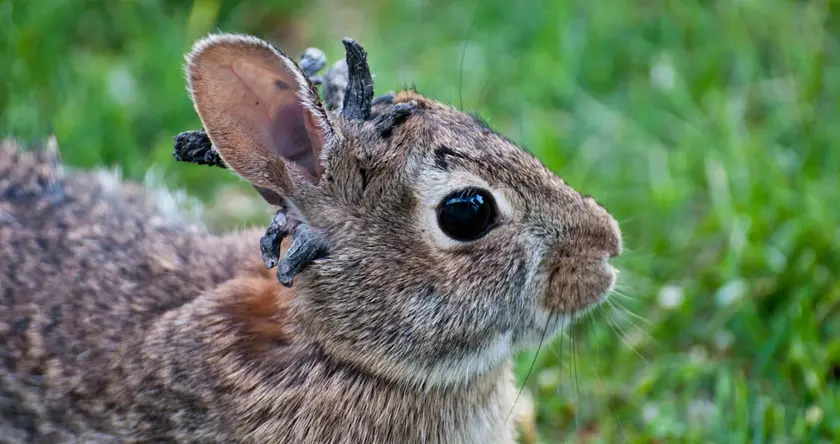
Wildlife health update from Colorado
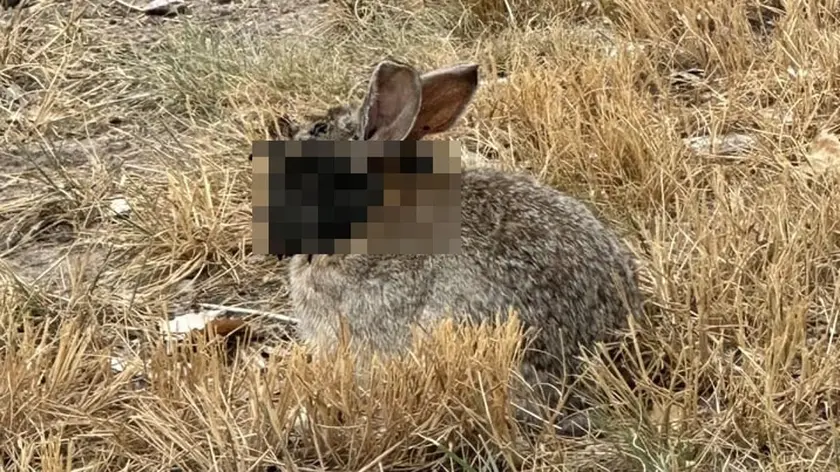
Frankenstein rabbits spotted in Colorado
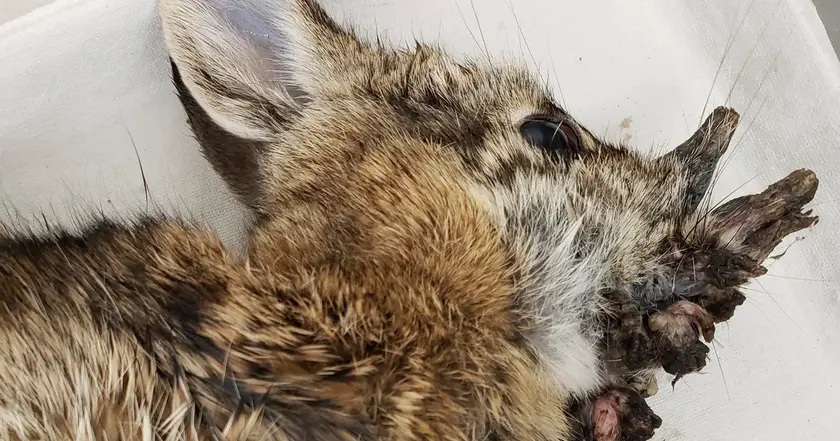
Colorado rabbits grow hornlike growths from a common virus
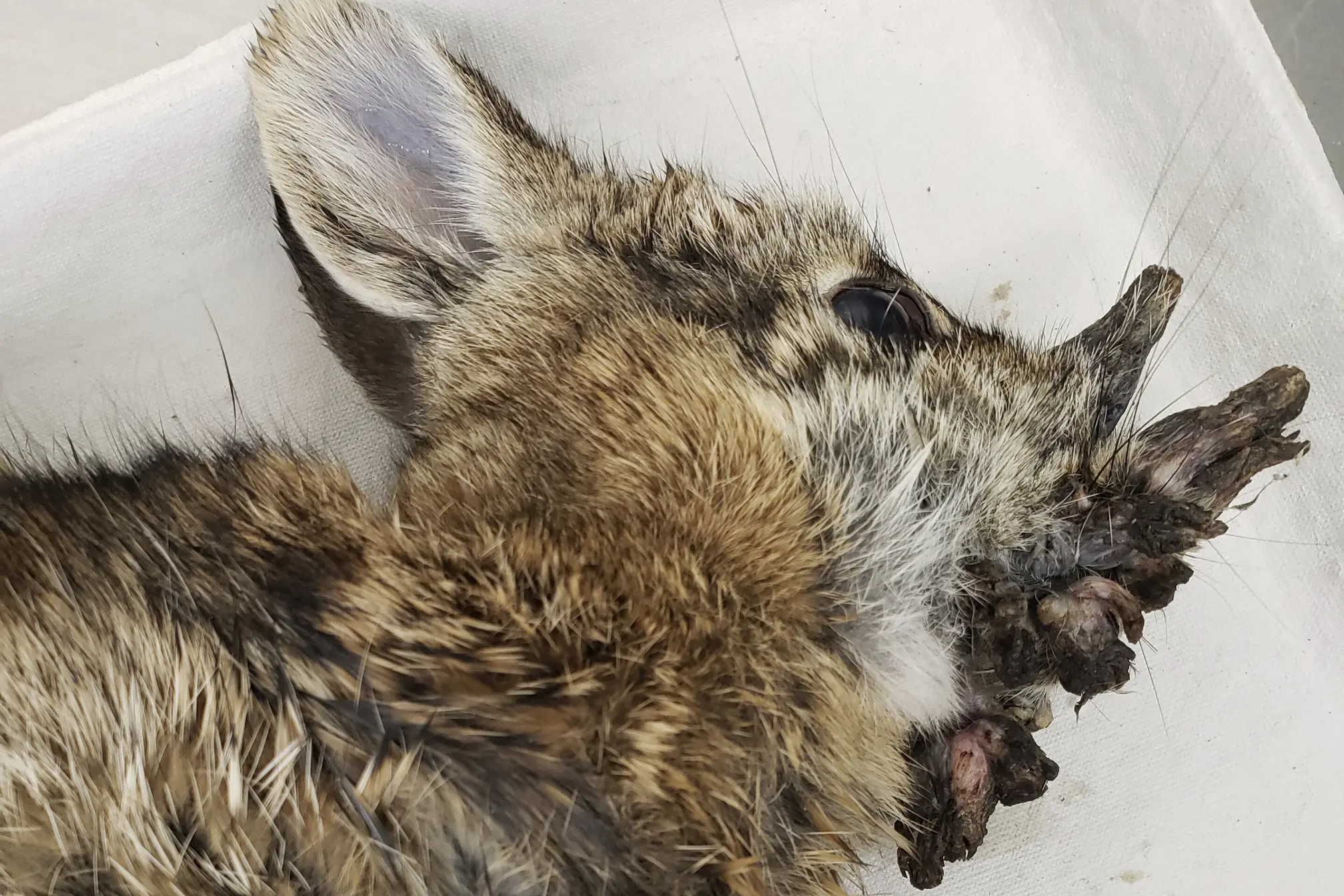
Colorado rabbits show hornlike growths linked to a common virus
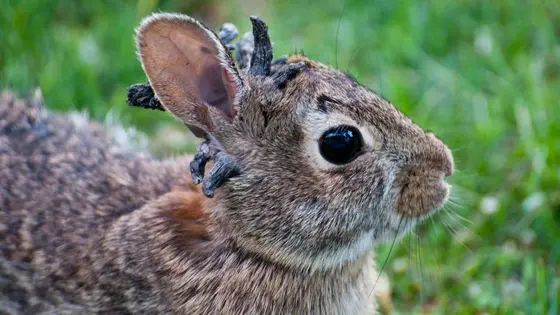
Rabbits with hornlike growths in Colorado
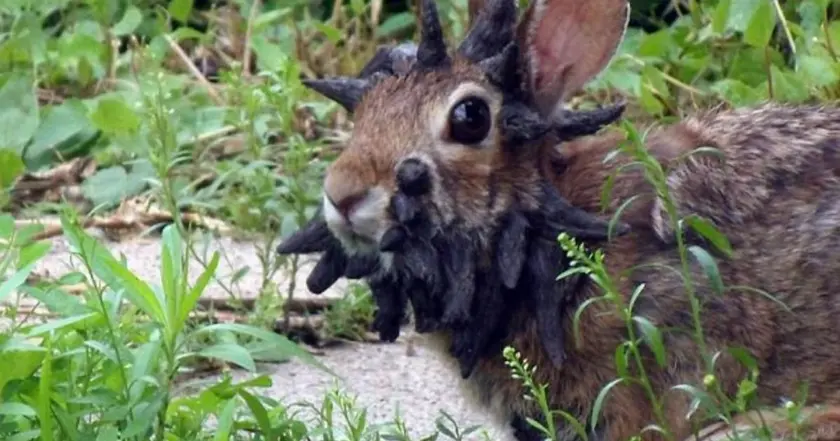
Virus turns CO rabbits into horned Frankenbunnies
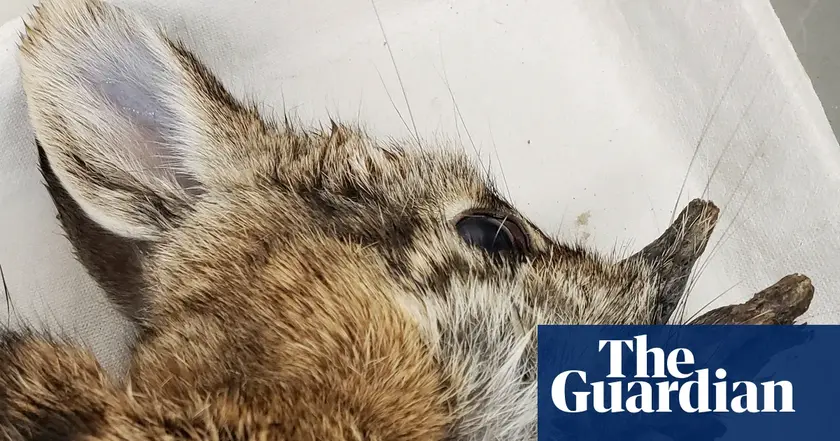
Demon rabbits not dangerous
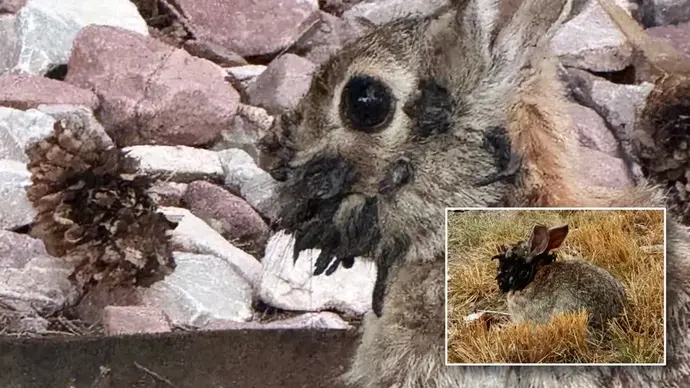
Rabbits in Fort Collins Develop Tentacle Like Growth
